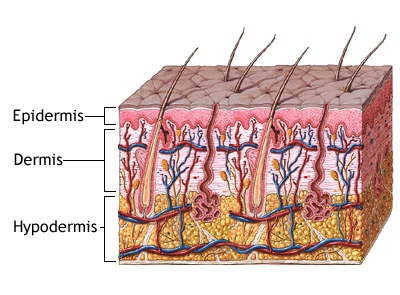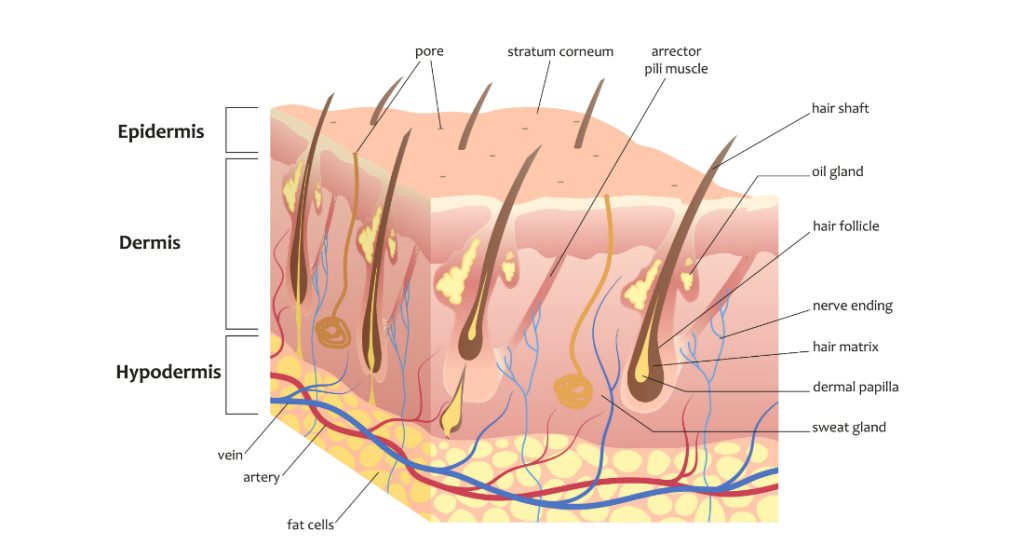
The skin is the body’s largest and most important defence against pathogens, injury, and other harmful agents. It is a tightly regulated barrier that helps protect the body from invasion and damage, while preventing excessive water loss. The skin has several layers and functions, including a protective outer layer (epidermis), a middle layer (dermis), and a deep layer (hypodermis). Each layer plays a role in protecting the body from environmental hazards.
The epidermis is the outermost layer of the skin and serves as the primary barrier between the body and the environment. It is composed of several layers of cells that produce a waxy substance known as sebum, which helps protect the skin from bacteria, viruses, and other environmental hazards.
The dermis is the middle layer of the skin and is comprised of connective tissue, blood vessels, and nerves. The dermis is responsible for the production of sweat and sebum, which help keep the skin moist and regulate body temperature. Additionally, the dermis contains hair follicles, sweat glands, and oil glands, which help to protect the skin from infection and keep it healthy.
The hypodermis is the deepest layer of the skin and is composed of adipose (fat) tissue. Its main role is to store energy and provide insulation. Additionally, it helps regulate the body’s temperature and protects the internal organs from injury.
The skin also contains a variety of defence mechanisms to protect the body from infection and injury. These include the production of antimicrobial molecules, physical barriers such as tight junctions, and immune cells that recognize and attack invading bacteria and viruses. Together, these defence mechanisms help protect the body from harm.
The sebaceous gland is a type of exocrine gland found in the skin of mammals. It is responsible for producing sebum, an oily substance that helps keep skin and hair moisturized. The sebaceous gland is located near the base of each hair follicle, and is connected to the follicle by a small duct. Sebum lubricates and waterproofs the skin and hair, and helps prevent the skin from drying out
A sweat gland is a small tubular gland in the skin that secretes sweat, an odourless fluid composed mostly of water and salt. There are two types of sweat glands: eccrine glands and apocrine glands. Eccrine glands are found all over the body and are responsible for regulating body temperature through the secretion of sweat. Apocrine glands are found in areas such as the armpit and genitals, and produce a thicker, more odorous kind of sweat.

